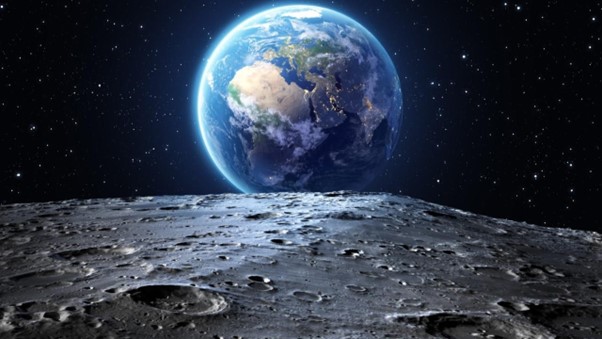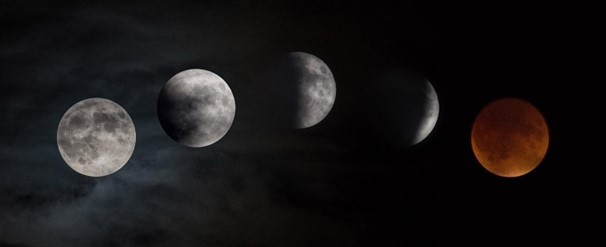When we look up at the night sky, if we noticed that the moon was not in its usual place, our first reaction would be astonishment. We would think it got lost among the clouds. However, over time, this disappearance would lead to quite fatal consequences.
The gravitational force of the Moon causes the Earth to have an axial tilt of 23 degrees. This tilt helps maintain the balance of climates by changing the angle at which sunlight reaches and the speed of Earth's rotation around the Sun. But if we didn't have our satellite, the Earth wouldn't have a fixed axis and would wobble uncontrollably. This would lead to climate imbalances and extreme changes that could threaten life. The transitions between seasons would be much sharper. The polar ice caps would melt, causing sea levels to rise and inundate coastal areas.

The influence of our satellite on our planet is not just a matter of brightness!
Gravitational Effect
One of the most important factors in providing favorable conditions for life on Earth is the delicate gravitational balance between the Moon and the Earth. The gravitational force of the Moon on the Earth causes the oceans and seas to swell or shrink as its distance from Earth changes. This extraordinary dynamic balance is vital not only for the continuity of ecosystems and life but also for some critical geological processes. For example, tidal events renew the seawater in coastal areas, aiding in the respiration of marine life. Additionally, this natural process contributes to the cleansing of waste along the coastline.
The Moon also influences the internal structure of the Earth and tectonic plate movements. The lunar gravitational force causes stresses and fractures in the Earth's crust, contributing to volcanic activity and the formation of earthquakes. If there were no Moon, these dynamic processes in the Earth's crust would either slow down or cease altogether. As a result, the formation of new mountain ranges would be hindered, and the replenishment of mineral and energy resources would be disrupted.

In addition to these, the presence of the Moon has contributed to the development of many civilizations throughout human history. The phases and movements of the Moon have helped in the formation of calendars and concepts of time, as well as in the planning of maritime and agricultural activities. In some cultures, the Moon has been worshipped, and many beliefs and rituals have been shaped around it. Therefore, the Moon is not just a physical entity but also holds an important place in the cultural and scientific development of humanity.

In conclusion, the presence of the Moon not only illuminates the night sky but also controls the Earth's axial tilt, climate balance, ocean levels, geological processes, and even the cultural development of humanity. Without the Moon, the continuation of life and the many extraordinary phenomena on Earth would become impossible. Climate disasters, famine, natural disasters, and the decline of civilizations would become inevitable. Therefore, the Moon is not just a source of nocturnal light but also a critical entity that ensures the continuity of many extraordinary phenomena on Earth.
You can also check out my previous articles:
https://yucelkulturvakfi.org/meritokrasi-nedir
https://yucelkulturvakfi.org/hayalet-radyo-istasyonu-uvb76
https://yucelkulturvakfi.org/simdiye-kadar-yapilan-en-ilginc-arkeolojik-buluslar
Keywords: Moon, Earth, Axial Tilt, Climate Imbalance, Tides, Ocean, Climate
Sources:
https://evrimagaci.org/ay-olmasaydi-ne-olurdu-ay-bir-anda-yok-olsaydi-yasam-sona-erer-miydi-1272
https://www.forbes.com/sites/startswithabang/2017/03/02/7-ways-earth-would-change-if-our-moo n-were-destroyed/
Orhan Açıkgöz
Yücel Cultural Foundation
Voluntary Author
YKV Content:1546